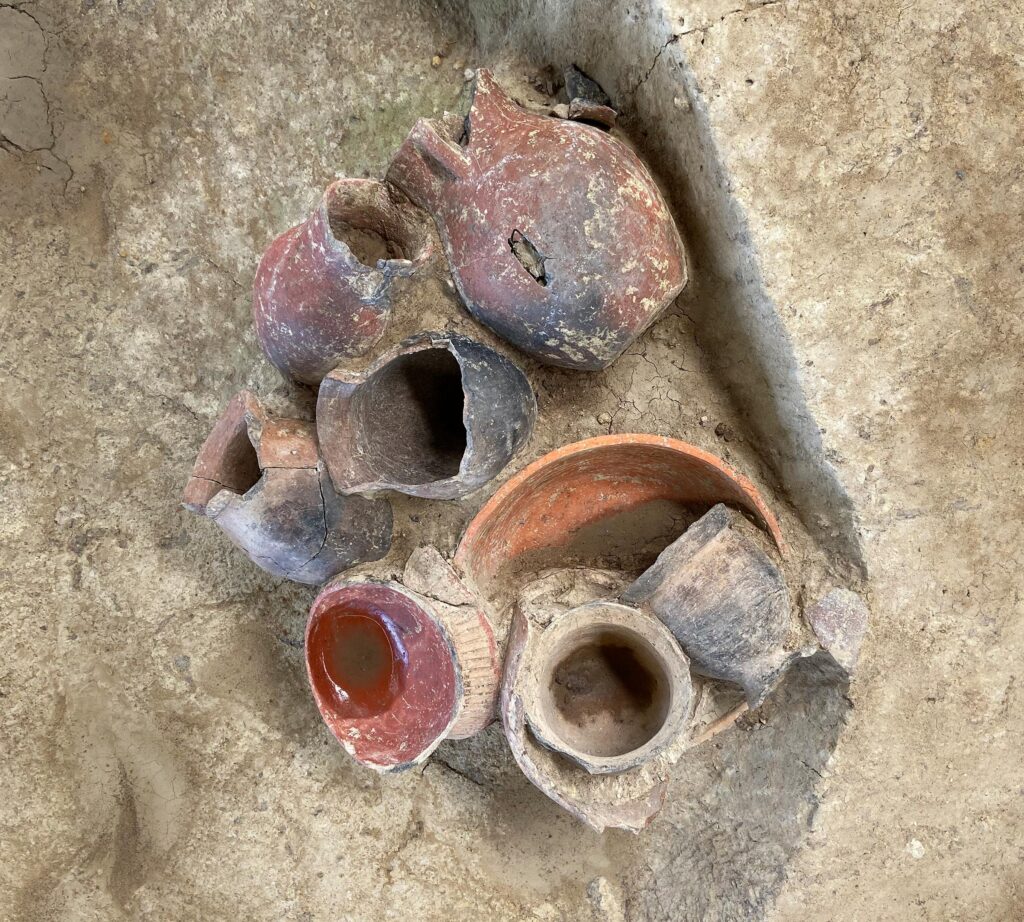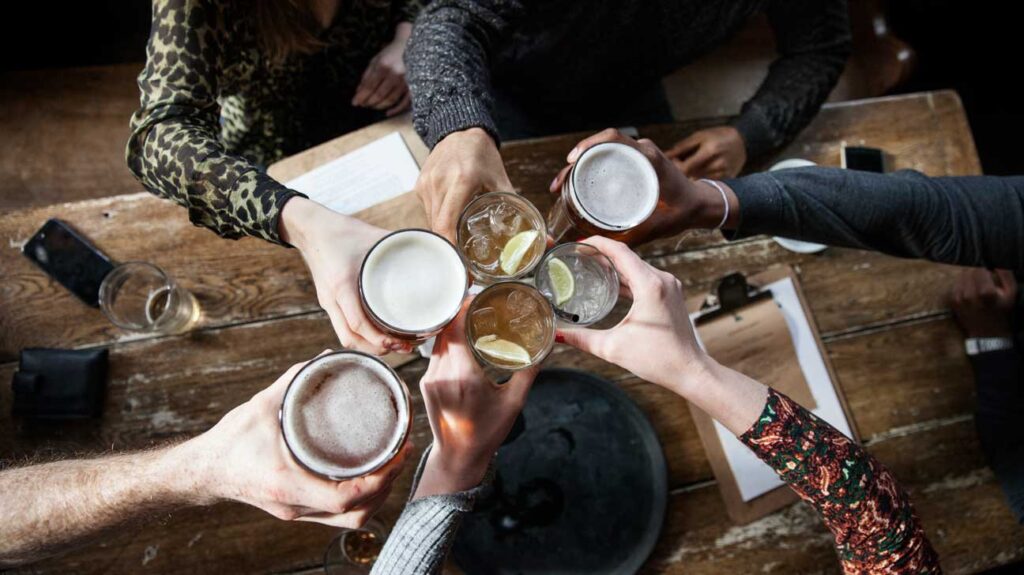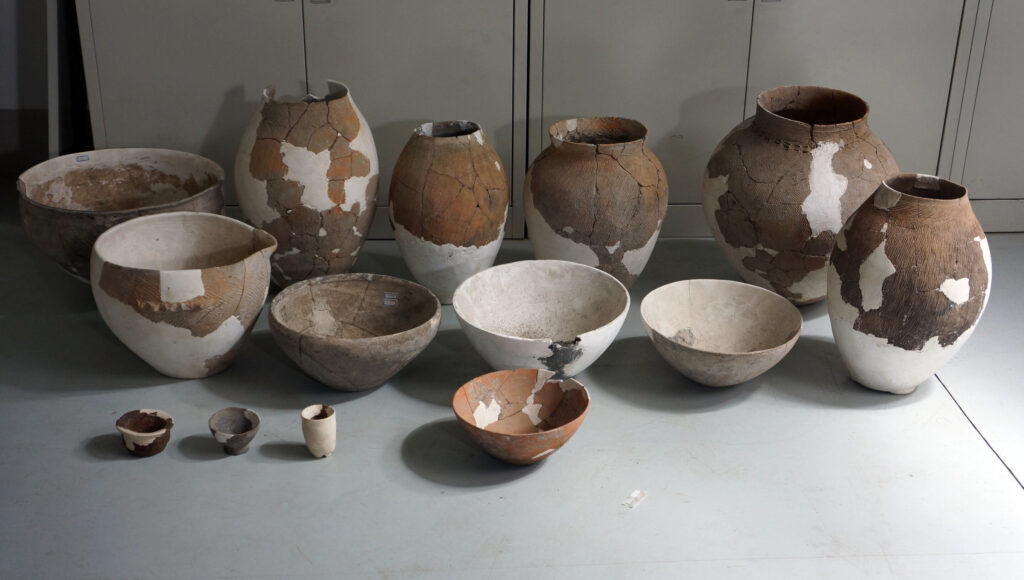When Did Humans Start Drinking Alcohol? The Ancient Origins and Global Evolution of Intoxication

Alcohol has been a constant companion in human civilization for thousands of years—used in celebration, ritual, medicine, and mourning. But when did humans actually begin drinking alcohol? The answer lies deep in prehistoric history, long before written records, in the earliest stages of our agricultural and cultural evolution.
Far from being a modern indulgence, alcohol is one of the oldest intentionally produced substances in human history. The story of alcohol is intertwined with the origins of agriculture, trade, religion, and social life, making it a powerful window into the development of civilization itself.
1. The Origins: Nature’s Fermentation and Early Discovery
Fermentation is a natural process that occurs when yeast consumes sugars, producing ethanol (alcohol) and carbon dioxide. This process likely predated human discovery by millions of years—fruit fallen from trees would ferment naturally, and some animals (like elephants or monkeys) have been observed getting mildly intoxicated from it.
Did Prehistoric Humans Discover Alcohol Accidentally?
Most likely, yes. Early humans—hunter-gatherers before agriculture—probably discovered fermented fruit or honey naturally and noted its effects. This likely sparked curiosity, ritual use, and eventually, intentional fermentation.
2. The First Evidence: Ancient Fermented Beverages
🍶 China (c. 7000–6600 BCE)
- The earliest known evidence of alcohol production comes from the Neolithic village of Jiahu, in Henan Province.
- Archaeologists discovered residue in pottery jars of a fermented drink made from rice, honey, and fruit (possibly hawthorn or grapes).
- This dates back over 9,000 years, predating written language.
🍷 Middle East / Fertile Crescent (c. 6000–4000 BCE)
- In the Zagros Mountains of Iran, jars from around 5400 BCE contain traces of tartaric acid—a key component in wine.
- Early wine production is also evident in Armenia (c. 4100 BCE), where archaeologists uncovered the oldest known winery with a wine press and storage vessels.
🍺 Mesopotamia and Sumeria (c. 4000–3000 BCE)
- The Sumerians brewed barley-based beer, which played a central role in their diet and culture.
- Beer was thick, porridge-like, and consumed with straws to bypass sediment.
- One of the oldest written texts—The Hymn to Ninkasi (c. 1800 BCE)—is both a prayer and a beer recipe, showing alcohol’s religious significance.

3. Alcohol and Civilization: From Ritual to Daily Life
As humans shifted to agriculture and built cities, alcohol became more than a novelty—it became a staple of daily life, medicine, and ceremony.
Ancient Egypt:
- Beer and wine were consumed by both elites and laborers.
- Workers on the pyramids were often paid in bread and beer.
- Wine was typically reserved for the upper classes and gods.
Ancient Greece and Rome:
- The Greeks watered down wine (drinking it undiluted was seen as barbaric).
- Wine was central to symposiums—gatherings of philosophical debate and social drinking.
- Romans advanced wine production on a massive scale; wine became a commodity and export.
The Americas:
- Chicha (a fermented corn beer) was brewed by Andean cultures like the Inca.
- In Mesoamerica, the Aztecs and Maya made pulque, a fermented drink from the agave plant.
- In North America, indigenous peoples brewed drinks from berries, corn, and roots.
4. Alcohol in Religion and Medicine
Alcohol was not just for recreation—it was deeply spiritual.
Religious Roles:
- Wine was a sacred symbol in Jewish and Christian traditions (e.g., communion).
- In Vedic India, soma may have included fermented ingredients.
- Egyptian and Greek gods had specific connections to wine (e.g., Dionysus/Bacchus).
Medicinal Use:
- Alcohol was used as a solvent, antiseptic, and painkiller.
- Ancient Chinese medicine classified wine as both a tonic and a poison, depending on its use.
- Hippocrates recommended wine for digestion and wound care.
5. Islamic Golden Age and the Paradox of Prohibition
While the Qur’an prohibits alcohol, early Islamic scholars and chemists contributed to alcohol distillation technology.
- Jabir ibn Hayyan and others developed alembics to distill alcohol, advancing alchemy and medicine.
- Though drinking was religiously forbidden, distilled alcohol was used in perfumes, tinctures, and early chemistry.

6. The Middle Ages: Brewing Becomes Big Business
In Medieval Europe, monasteries became major brewers, perfecting beer recipes and recordkeeping.
- Trappist monks in Belgium brewed beer to support their communities.
- Beer became a safe alternative to often-contaminated water.
- Distillation re-emerged in Europe around 1100 CE, leading to the birth of spirits like brandy and later whiskey.
7. The Modern Alcohol Boom (1500–1900 CE)
The Age of Exploration spread alcohol across the globe:
- Colonial powers brought wine, beer, and rum to the Americas, Africa, and Asia.
- Distilled spirits became global commodities. Rum was tied to the Atlantic slave trade; whiskey fueled the American frontier.
- Governments began taxing alcohol heavily, sparking protests and even revolutions (e.g., the Whiskey Rebellion in the U.S. in 1794).
By the 19th century, alcohol was:
- A symbol of class distinction (fine wines vs. street gin)
- Central to European and American social life
- Increasingly linked to addiction and public health concerns
8. The 20th Century: Prohibition and Regulation
Prohibition Era:
- United States (1920–1933): The 18th Amendment banned alcohol, but it led to speakeasies, organized crime, and bootlegging.
- Other countries (e.g., Finland, Iceland, Russia) also experimented with prohibition—mostly unsuccessfully.
Post-prohibition, alcohol was regulated, taxed, and industrialized. Major beer and spirit brands emerged globally.
9. Alcohol Today: Science, Culture, and Caution
In the 21st century, alcohol remains:
- A central part of social rituals and celebrations
- The focus of health research, highlighting both benefits (moderate red wine) and risks (addiction, liver disease)
- A global industry worth over $1.5 trillion annually
Modern innovations include:
- Craft brewing and small-batch distilling
- Alcohol-free spirits and beers
- Sustainability initiatives in production
- Growing concerns about alcoholism, particularly among youth and post-pandemic populations

Conclusion: A 9,000-Year Relationship
Humans began drinking alcohol not long after we settled down to plant crops and build societies. Whether by accident or divine design, fermented drinks became a core part of human culture, spirituality, and economy.
From Jiahu’s honey-rice wine to artisan gin in London, alcohol has reflected—and shaped—the very evolution of civilization. It continues to serve as a mirror to human creativity, indulgence, and the eternal search for connection—across time, geography, and culture.




